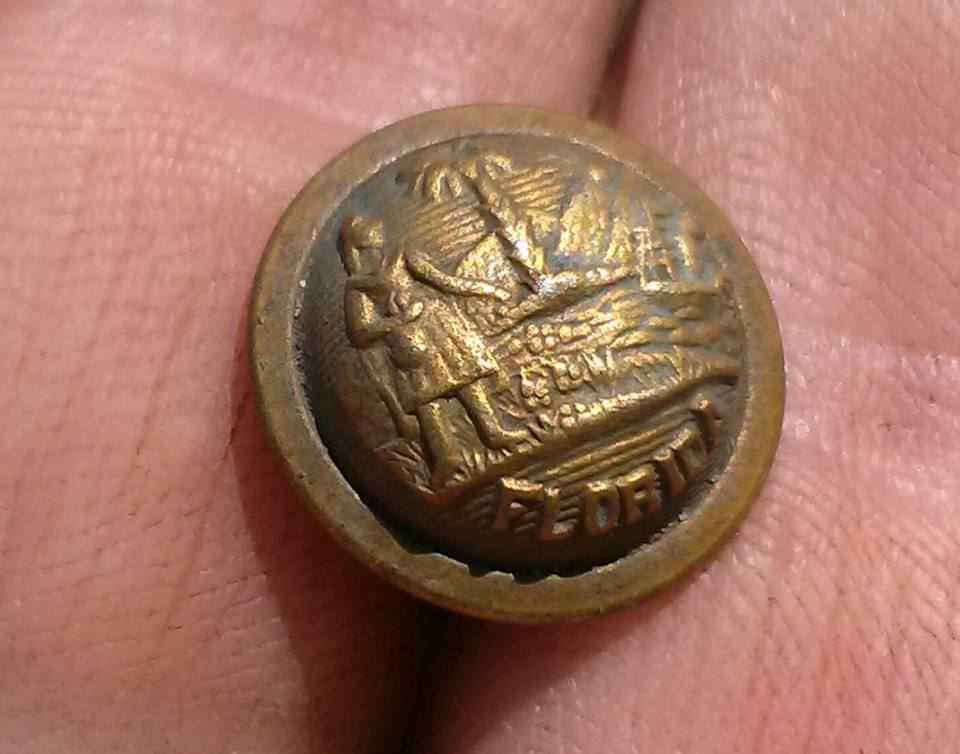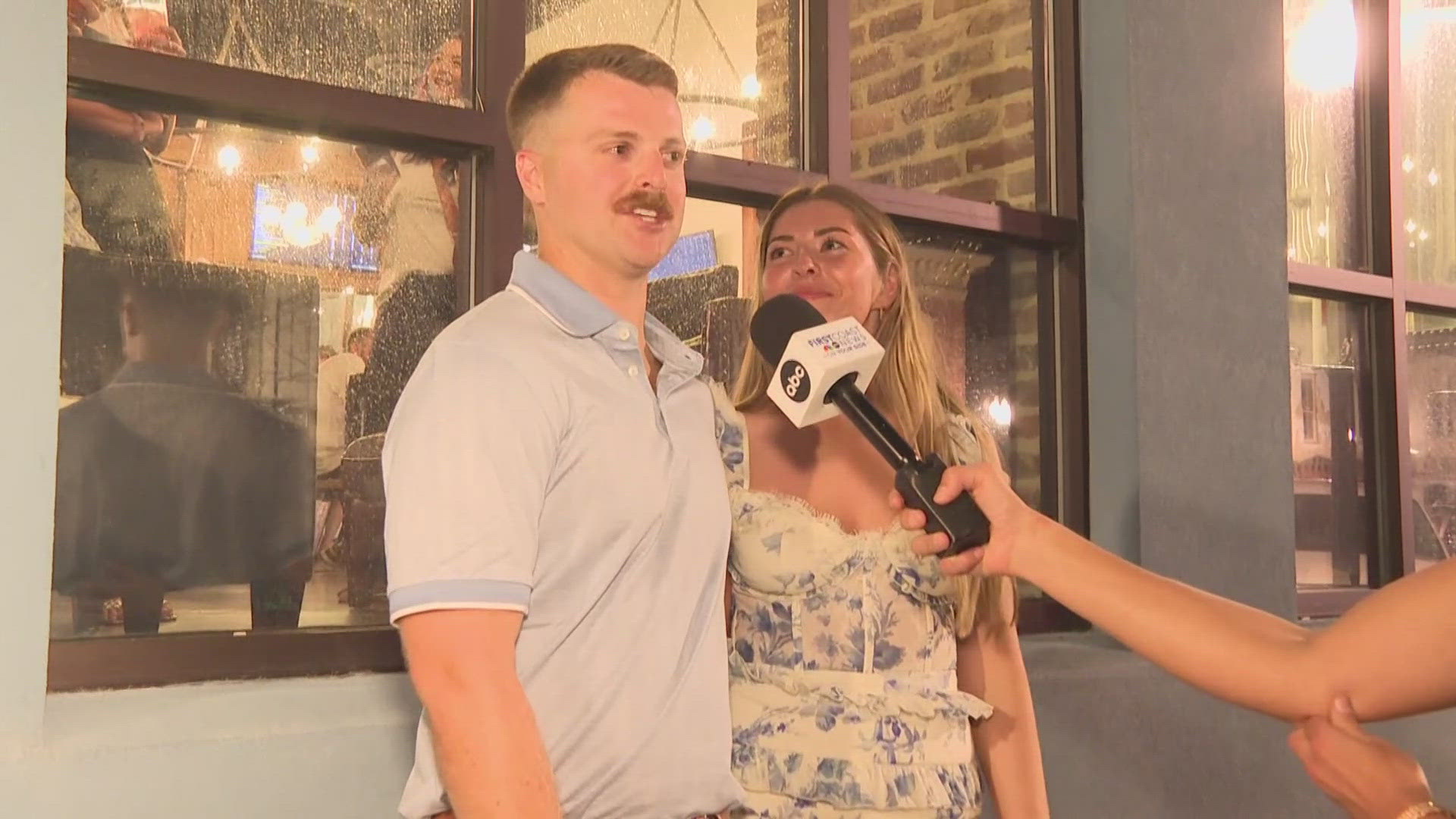![635667184500102741-brass-button[ID=27021321] ID=27021321](http://www.gannett-cdn.com/-mm-/d5ac4b788909dc53f6f6caef0b660c35e5e1f88f/c=0-16-960-738&r=115x86/local/-/media/2015/05/08/WTLV/WTLV/635667184500102741-brass-button.jpg) ST. AUGUSTINE, Fla. — First Coast News is celebrating St. Augustine's 450th anniversary. On the 8th of every month leading up to September 8th, we are telling stories about the First Coast's history. Why the eighth? September 8th is the day St. Augustine was founded in 1565.
ST. AUGUSTINE, Fla. — First Coast News is celebrating St. Augustine's 450th anniversary. On the 8th of every month leading up to September 8th, we are telling stories about the First Coast's history. Why the eighth? September 8th is the day St. Augustine was founded in 1565.
In this month's 'Digging Into History' story, we backtrack to the story of a brass button.
At a dig in St. Augustine on Magnolia Street, not too far from the Fountain of Youth Park, something small and shiny came up from the dirt.
"It created considerable excitement for us," City Archaeologist Carl Halbirt said. "Someone said come look at this we found a button."
It was a brass button. When Halbirt finds buttons in digs, they are usually in bad shape. But not this one.
"Its in wonderful condition," John Powell said. He's a button expert.
It's no ordinary button. It says Florida, and it has a picture on it.
"It is a Florida state seal made by a company that is still manufacturing buttons for the United States today," Powell said. "Scoville Manufacturing Company."
Powell knows who would have been wearing this kind of specialty button.
"Generally speaking, these are almost always restricted to use by officers," he said. He added that officers in the Florida militia or the Florida State Troops would have donned the button. It was made after the Civil War, he explained. "From about 1868 to maybe 1890."
At the time, the Florida militia would have worked out of the St. Francis Barracks in St. Augustine. The site is now the The Florida National Guard headquarters. There's a museum in there now, too, with a uniform from that time period. If you look closely, its buttons have the same design that the button from the dirt has.
In the late 1800s, Powell explained that the Florida militia was involved in the Spanish-American war.
"St. Augustine was a major collecting point for troops for that conflict. There were hundreds and hundreds of troops gathered here," Powell noted.
Also in the late 1800s: "Seventy-two Indians from the west were brought here and incarcerated at what was then known as Fort Marion, now the Castillo de San Marcos."
Perhaps the button belonged to a Florida officer guarding the Native Americans there.
But... how did the button end up at a site that was about a mile from the fort?
Powell laughed and said, "Somebody lost it!"


